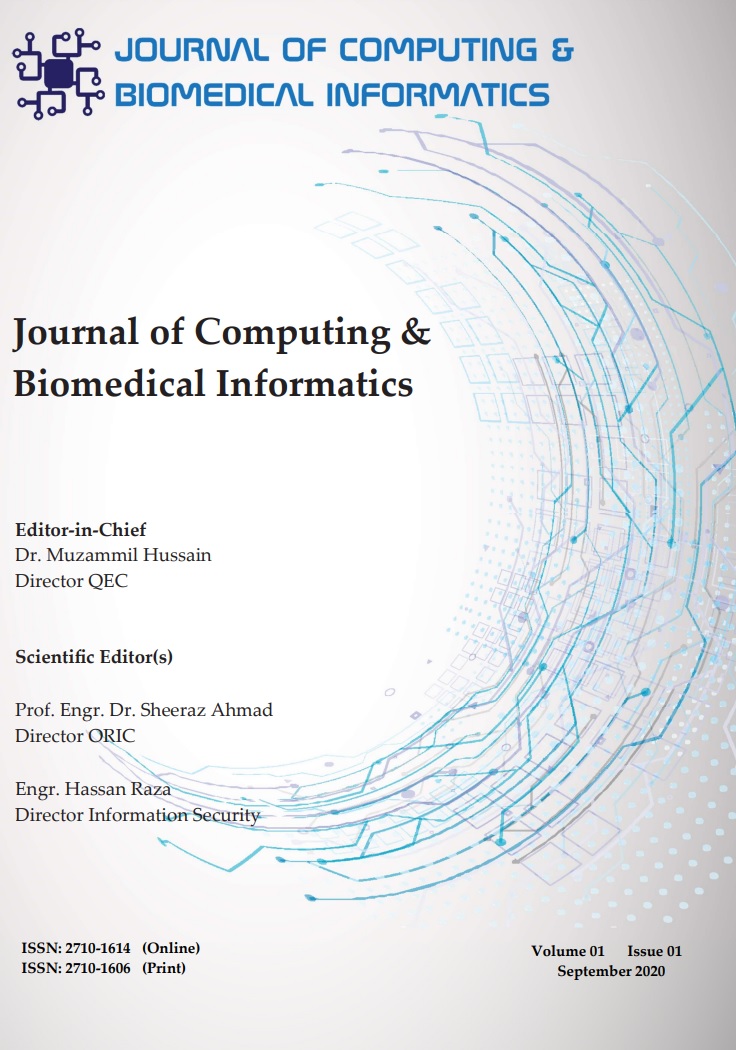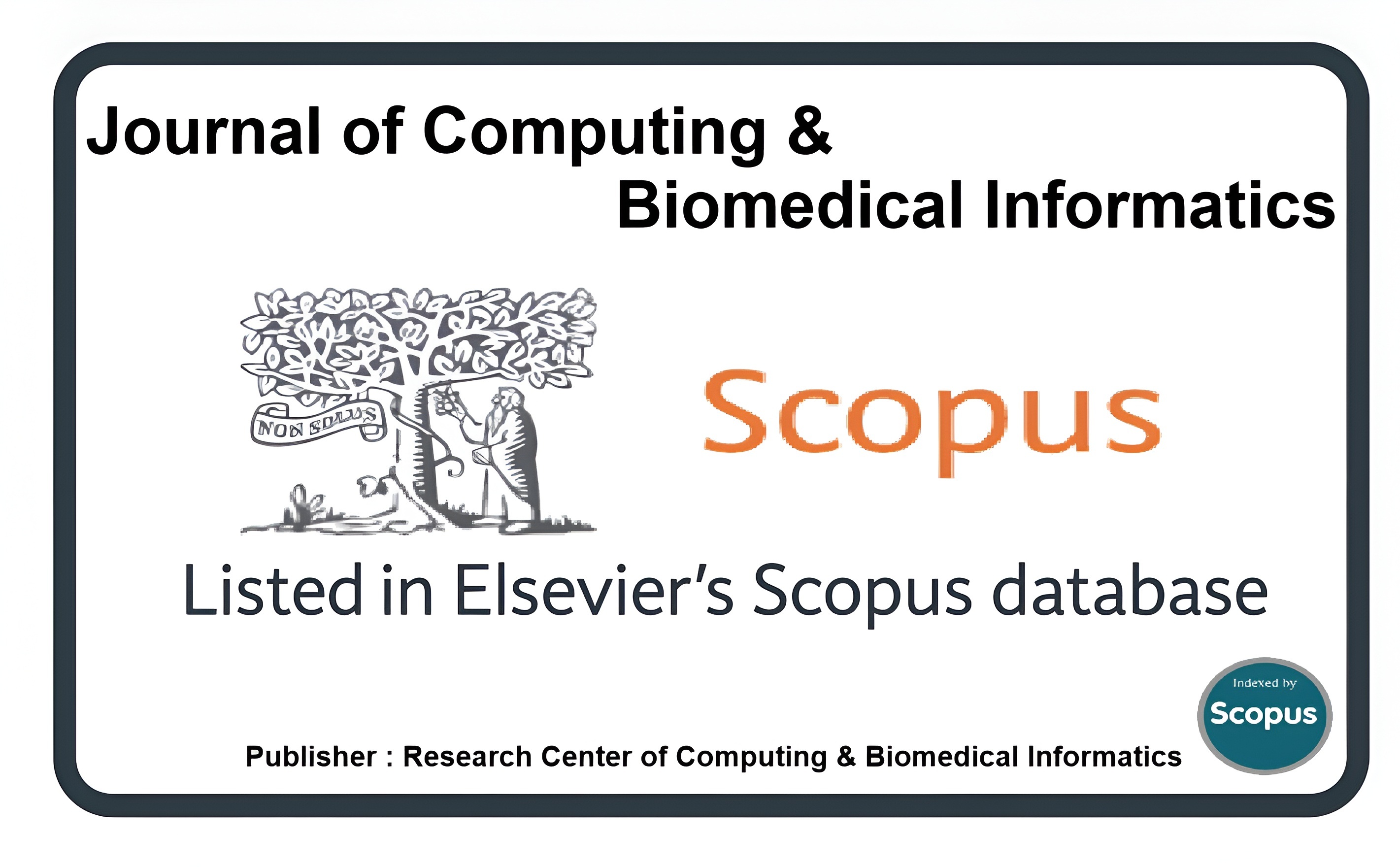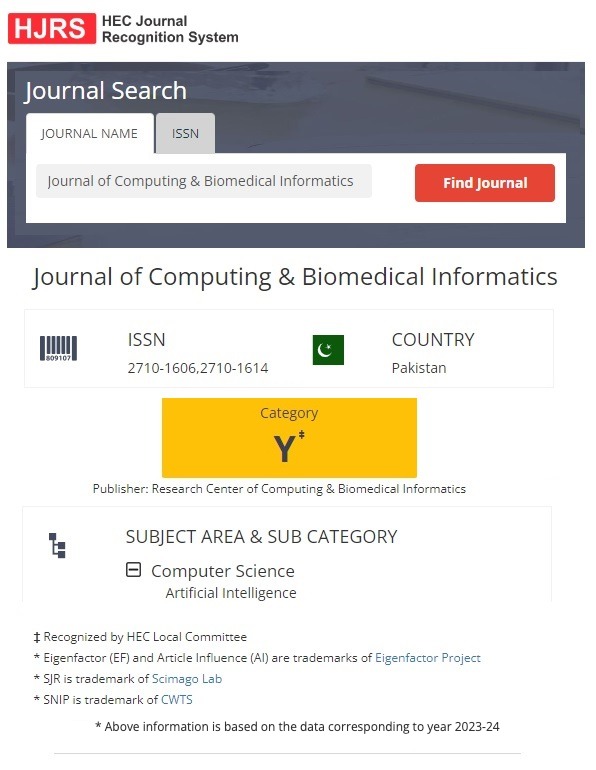A Deep Learning Approach for Modeling Air Quality Dynamics using Historical Environmental Data
Keywords:
Deep Leaning, Index Forecast, Environmental Data, Ensemble Learning, Air Quality, PredictionAbstract
Deep learning (DL) has emerged as a powerful tool for air quality forecasting, yet achieving consistently high predictive accuracy remains a significant challenge. In order to improve the air quality and its index forecasts, a number of models have been used, with some adopting the hybridization approaches. In this research, Convolutional Neural Networks (CNNs) and Artificial Neural Networks (ANNs) capabilities are combined to present a deep learning-based ensemble technique for simulating air quality dynamics using historical environmental data. The CNNs Model enhance the effectiveness of the ensemble model by extracting spatial information that can raise the accuracy of air quality dynamics predictions. Furthermore, the model's capacity to recognize intricate spatial-temporal patterns in environmental data is improved when CNNs are combined with artificial neural networks. Air quality dataset is used to train the proposed model and other deep learning models, including Convolutional Neural Networks (CNNs), Artificial Neural Networks (ANNs), Recurrent Neural Networks (RNNs), and Long Short-Term Memory (LSTM) used to predict air quality. The pre-processing techniques such as removing missing values, categorical value handling and label encoding, are applied on the dataset to enhance input quality. The proposed ensemble method is compared with other deep learning models and shows substantially better accuracy, precision, recall, and F1-score are 0.9985, 0.9988, 0.9984, and 0.9986, respectively. These validated deep learning-based models in air quality prediction can provide valuable insights for authorities and environmental organizations, supporting the development of data-driven pollution control measures and public health initiatives.
Downloads
Published
How to Cite
Issue
Section
License
This is an open Access Article published by Research Center of Computing & Biomedical Informatics (RCBI), Lahore, Pakistan under CCBY 4.0 International License





